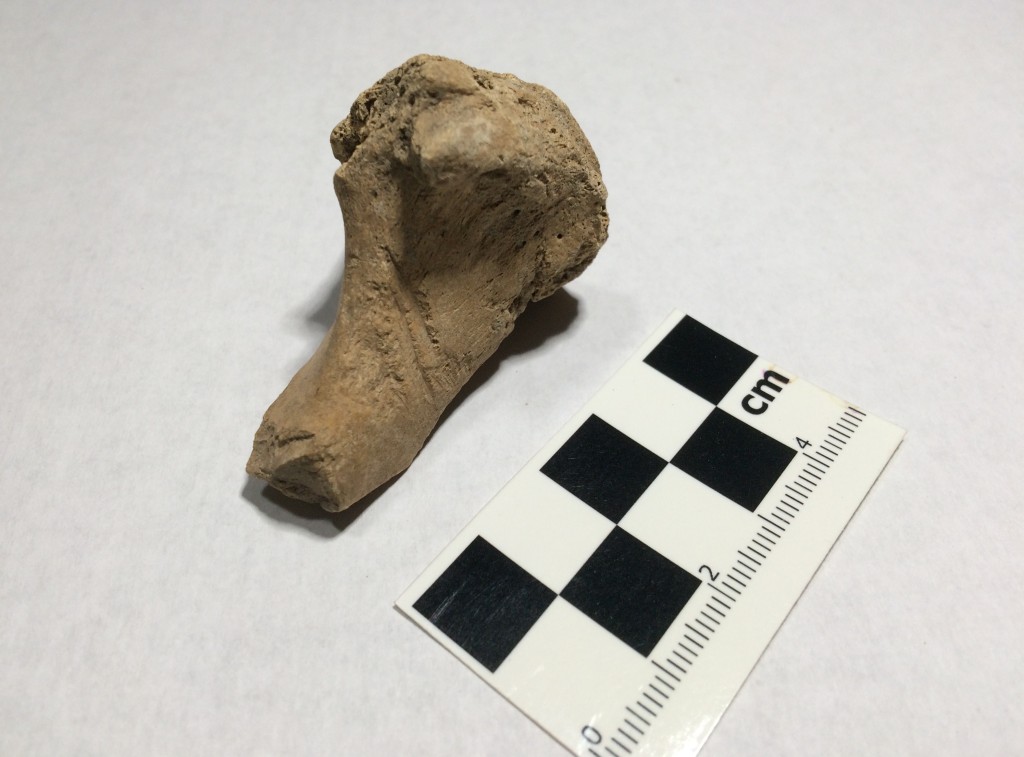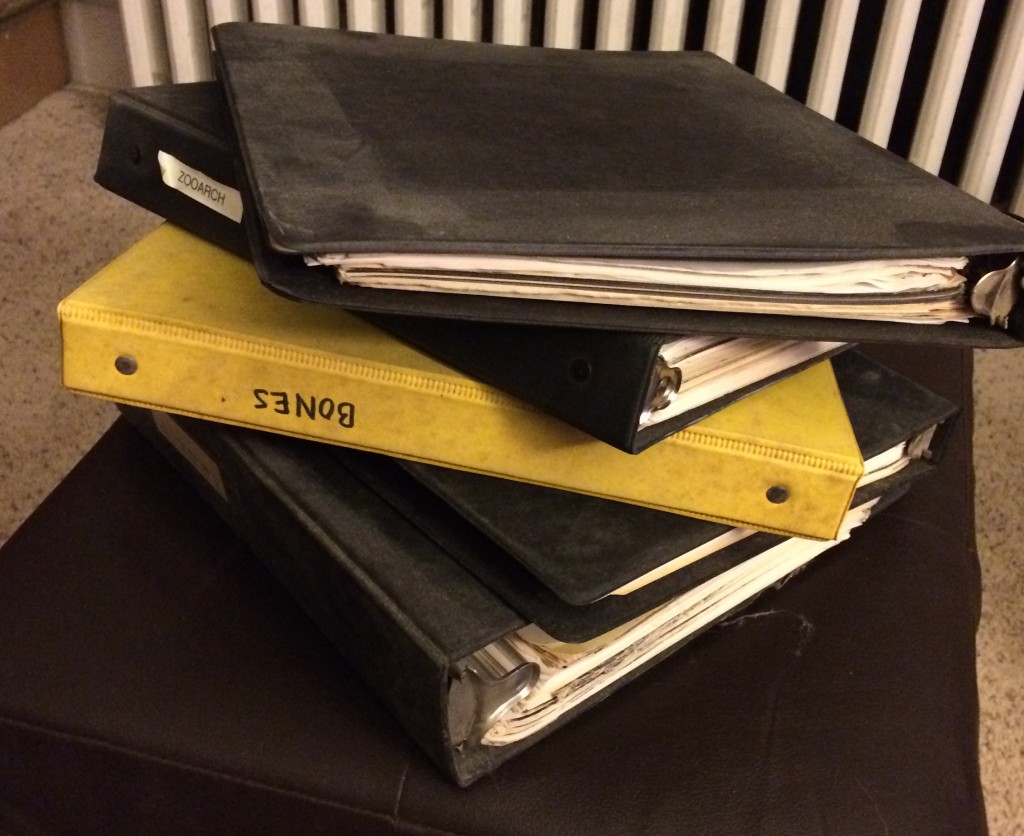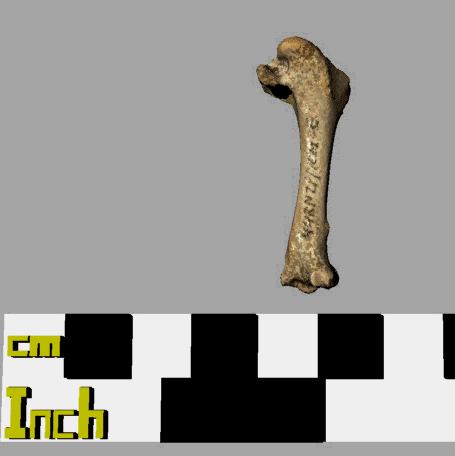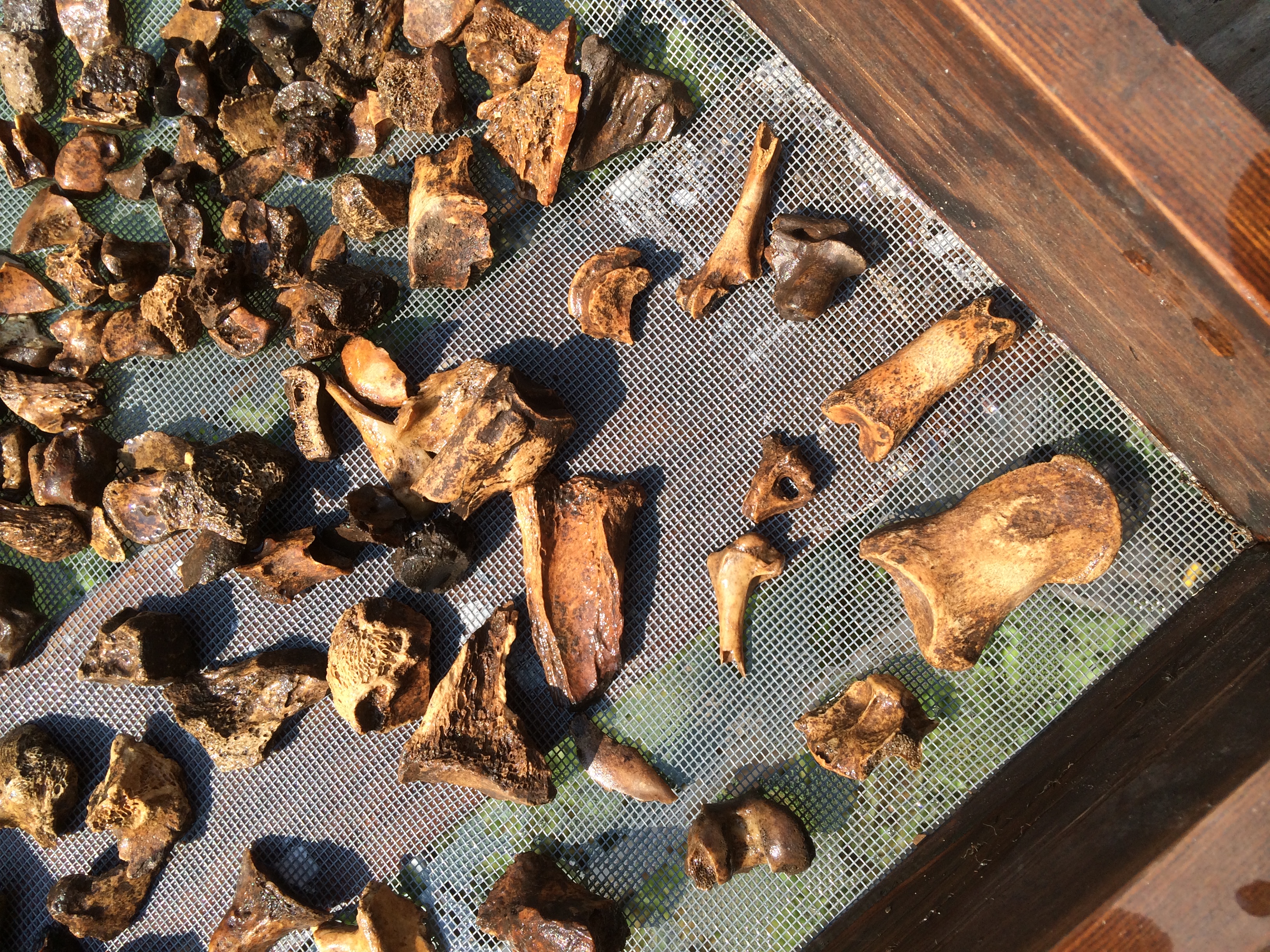With the 100th anniversary of the death of Martha, the last passenger pigeon, only days away, Ectopistes-related events are happening everywhere. Here are some to look forward to over the Labor Day weekend and beyond:
Passenger Pigeon Weekend at the Cincinnati Zoo.
Held at the original home of Martha and co-sponsored by the Ohio Ornithological Society, this event includes a Friday night cocktail party, a Saturday symposium with Joel Greenberg and others, and birdwatching opportunities.
Smithsonian Institution National Museum of Natural History
Once There Were Billions: Vanished Birds of North America has been open since late June. Martha herself can be found here. The Smithsonian is also having a twitterchat about Martha on September 2, 2-3 P.M. EST. Check out #Martha100.
MassMoca
Artists Sayler/Morris have created a new art exhibit at this fascinating museum in North Adams, Massachusetts, that contemplates the life and death of the passenger pigeon. Here’s more from the museum’s press release:
Eclipse consists of a massive 100-foot video projection, screens on the walls and ceiling of MASS MoCA’s four-story atrium. The video loop shows a flock of passenger pigeons in reverse-negative silhouette lifting out of a life-sized tree, accompanied by sound design consisting of layers of digitally processed human voices. The exhibition offers a space for reflection with a limited-edition artist publication that will include writings by Kolbert, original photography by Sayler/Morris, and archival images.
Eclipse officially opens on September 1.
Williams Center for the Arts, Lafayette College, Easton PA
Michael Pestel’s multimedia art exhibition Requiem, Ectopistes migratorious, “ metaphorically places Martha at the center of the installation in the form of a human-scale birdcage, encouraging visitors to contemplate extinction—of the passenger pigeon, of other species, and perhaps even author Elizabeth Kolbert’s The Sixth Extinction.” It opens September 1 with a presentation by the artist, music, and readings.
Beloit College Center for the Sciences, Wisconsin
On September 8, Steve Kuehn will give a talk entitled The Prehistory of “The Feathered Tempest”: Passenger Pigeon Zooarchaeology in the Upper Midwest focusing on pigeon bones from archaeological sites in Illinois and Wisconsin.
A Shadow Over the Earth: The Life and Death of the Passenger Pigeon
The University of Michigan Museum of Natural History created this exhibit, which is being presented at many venues throughout the country, including the Florida Museum of Natural History, the New Jersey State Museum, and the Harbor Springs Area Historical Society. Many locales are supplementing the display with material from their own collections.






